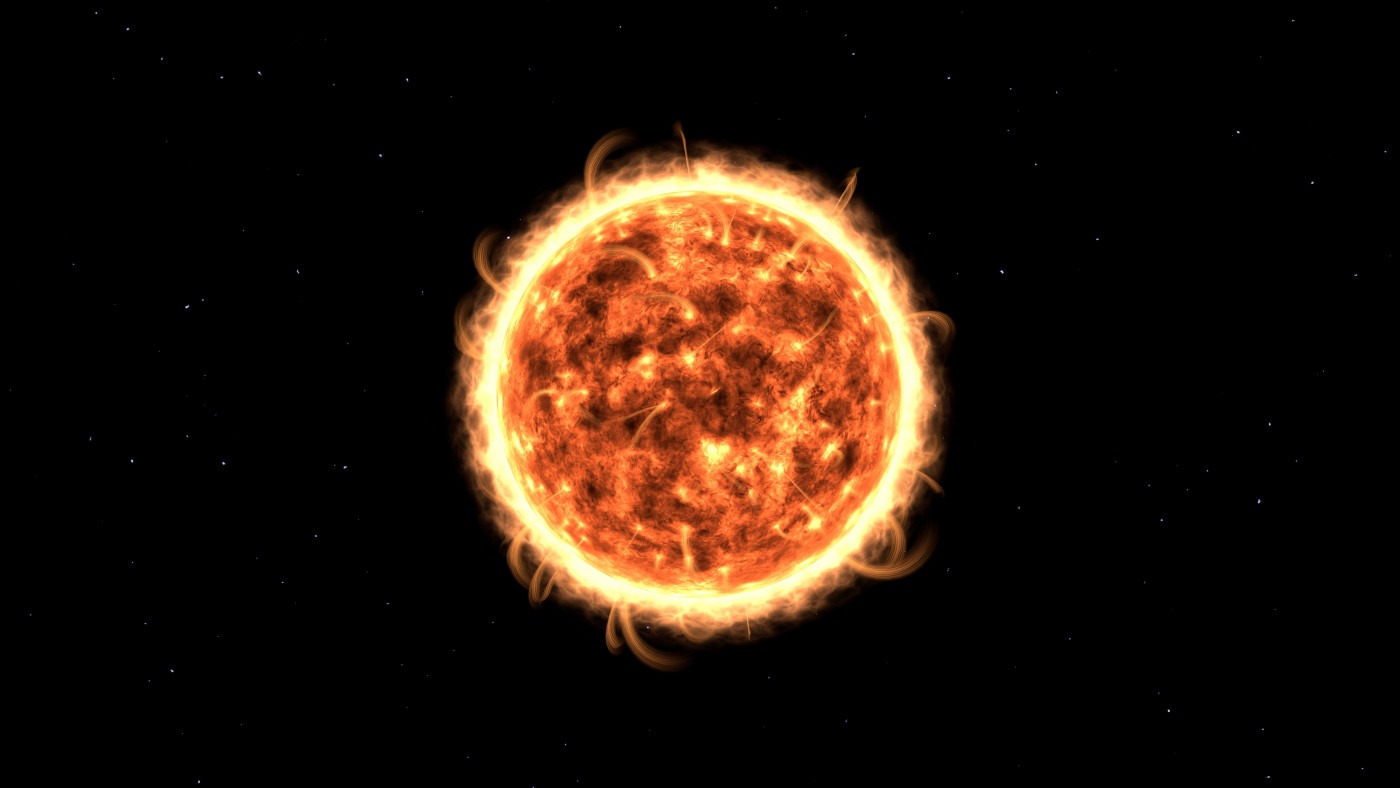Warwick research questions the mass of planets orbiting small stars
A new study, led by researchers at the University of Warwick and UCL, suggests that stars with a fraction of the mass of our Sun may be able to host Jupiter-esque gas giant planets. The research, which has been accepted for publication in the Monthly Notices of the Royal Astronomical Society (MNRAS) and was funded by the UK Science and Technology Facilities Council (STFC), appears to clash with our current understanding, a potentially exciting development that could restructure our approaches to astronomy.
The current theory of planetary formation is known as core accretion. It proposes that gas giants (like other planets) are only able to attract outer layers of gas once they have first formed a core of heavy solids, such as rock and ice. By this theory, the disks surrounding low-mass stars would not provide enough material to form a gas giant through core accretion, at least not before the disk breaks up.
“Our detection of gas giants orbiting stars as low as 20% of the mass of the Sun poses a conflict with current theory” – Dr Ed Bryant, Lead Author
However, this new study appears to contradict the theory. It looked at 91,306 low-mass stars, using observations from NASA’s Transiting Exoplanet Survey Satellite (TESS). In 15 cases, dips in brightness were observed, corresponding to a gas giant passing in front of the star. Five of these cases have been confirmed as planets, and one orbits a star with a fifth of the mass of the Sun. According to the core accretion theory, the formation of this giant planet should not be possible.
Lead author Dr Ed Bryant (Mullard Space Science Laboratory at UCL, formerly the University of Warwick), who started the work as part of his PhD, said: “Low-mass stars are better at forming giant planets than we thought. Our results raise serious questions for planet formation models. In particular, our detection of gas giants orbiting stars as low as 20% of the mass of the Sun poses a conflict with current theory.”
Co-author Dr Vincent Van Eylen (Mullard Space Science Laboratory at UCL) said: “The fact that, although rare, gas giants do exist around low-mass stars is an unexpected finding and means that models of planet formation will need to be revised.”
“It’s possible we don’t understand the masses of these protoplanetary disks as well as we thought we did” – Dr Daniel Bayliss, Co-author
A possible explanation, according to the researchers, is that our understanding of planetary formation is incorrect, and that gas giants form by gravitational instability. This occurs when the protoplanetary disk fragments into large regions of dust and gas, which form into planet-sized clumps. In this scenario, gas giants orbiting a low-mass star could be at least double the size of Jupiter. This theory is unlikely to hold true, however, as the protoplanetary disk must be of a sufficient mass to fragment, which is improbable for a low-mass star.
The team suggested another explanation – astronomers may have underestimated the mass of a star’s disk, either due to observer miscalculations or the difficulty in observing disks at the start of a star’s life, meaning low-mass stars may be able to form giant planets through core accretion after all. Co-author Dr Daniel Bayliss, Associate Professor of Physics at the University of Warwick, said: “It’s possible we don’t understand the masses of these protoplanetary disks as well as we thought we did. Powerful new instruments such as the James Webb Space Telescope will be able to study the properties of these disks in more detail.”

Comments